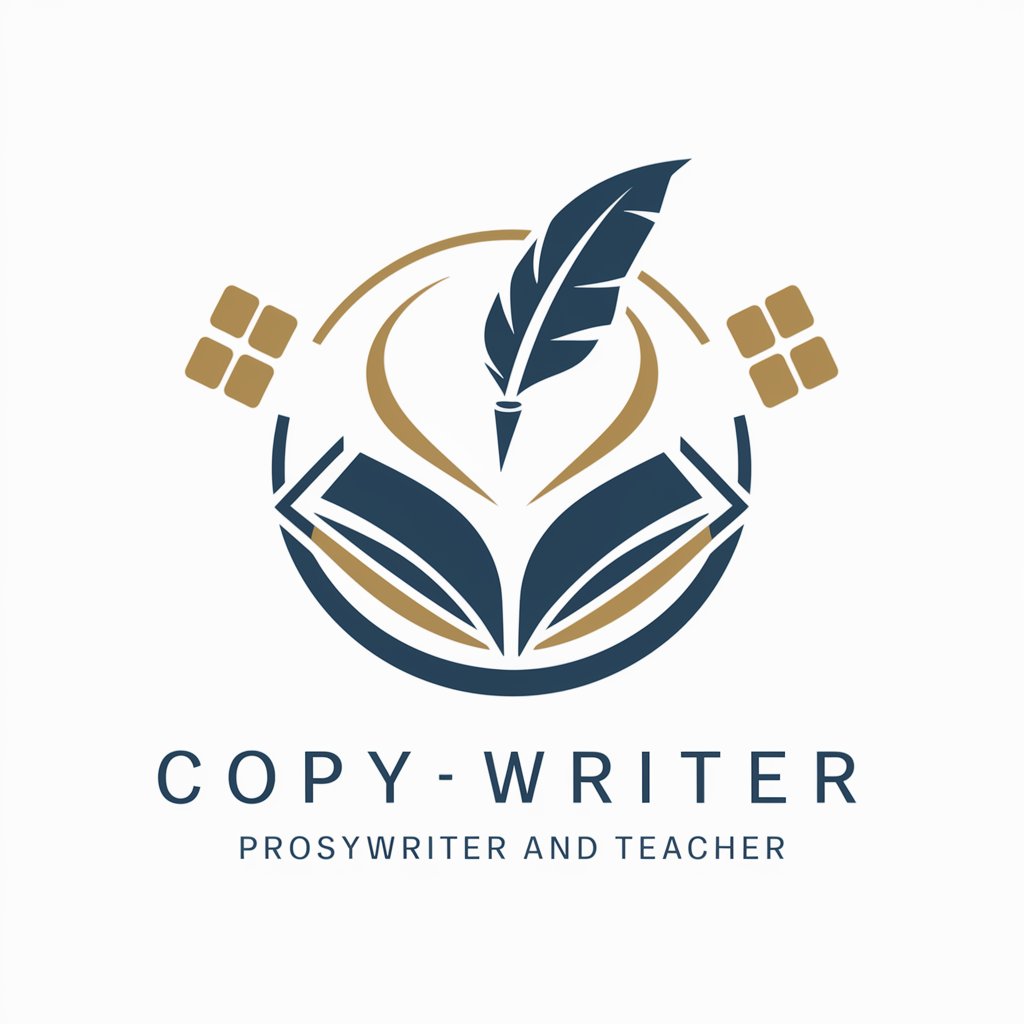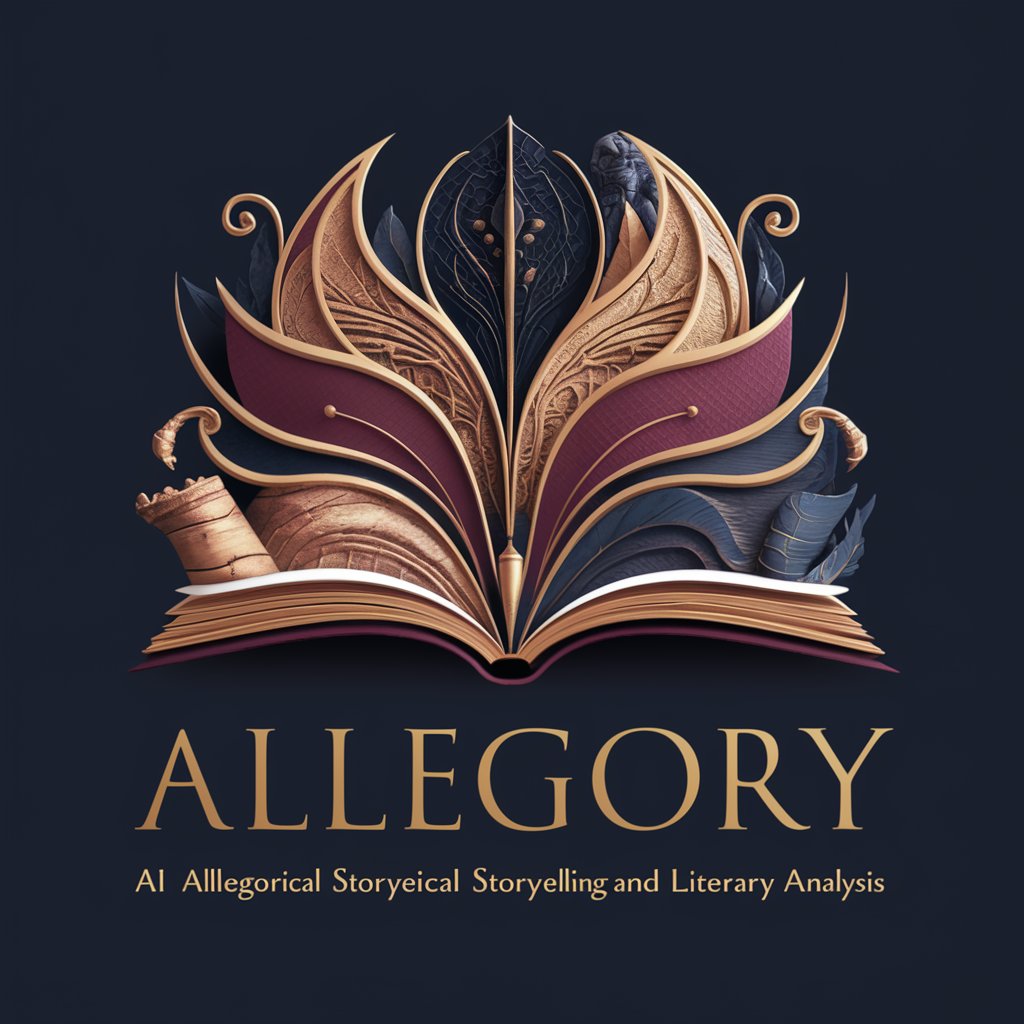9 GPTs for Storytelling Techniques Powered by AI for Free of 2025
AI GPTs for Storytelling Techniques refer to advanced generative pre-trained transformer models specifically designed or adapted to enhance storytelling processes. These tools leverage the power of AI to generate, augment, or refine stories, narratives, and content across various media. By understanding and processing natural language, they offer tailored solutions that can simulate human-like storytelling abilities, making them invaluable for creating engaging and coherent narratives. Their relevance lies in their capacity to automate and assist in the creative writing process, offering novel approaches to storytelling that can captivate audiences with personalized and dynamic content.
Top 9 GPTs for Storytelling Techniques are: Video Content Queen,Конструктор выступлений,The Danish Storyteller,노교수,Visual Storytelling Evidence Advisor - WIN,A Coffee Chat with Ernest Hemingway,Paul McNally,Allegory,Slide Wizard
Video Content Queen
Empower Your Stories with AI

Конструктор выступлений
Craft Engaging Speeches with AI

The Danish Storyteller
Empower Your Stories with AI

노교수
Empowering Literary and Creative Exploration with AI

Visual Storytelling Evidence Advisor - WIN
Transforming legal arguments into compelling visual stories.

A Coffee Chat with Ernest Hemingway
Converse with Hemingway's Mind, AI-Powered

Paul McNally
Empowering Stories with AI

Allegory
Unveiling deeper meanings through storytelling

Slide Wizard
Transform slides with AI-powered insights

Principal Characteristics and Functionalities
AI GPTs tools for Storytelling Techniques exhibit unique characteristics that make them stand out. These include adaptability to different storytelling styles and genres, the ability to generate content from simple prompts to complex narratives, and learning capabilities that allow them to improve over time. Special features may encompass language versatility, technical support for integration with other platforms, web searching for content enrichment, image creation for visual storytelling, and data analysis for audience engagement insights. Their flexibility enables users to tailor these tools for specific storytelling needs, ranging from scriptwriting to novel creation.
Who Benefits from Storytelling AI Tools
AI GPTs for Storytelling Techniques cater to a wide range of users, from novices seeking to experiment with creative writing to professionals in the fields of literature, journalism, and media production. They are particularly beneficial for those without coding skills, thanks to user-friendly interfaces, while offering advanced customization options for developers and technologists. Educators can also leverage these tools to teach narrative techniques and storytelling fundamentals.
Try Our other AI GPTs tools for Free
Store Integration
Discover how AI GPTs for Store Integration can revolutionize your e-commerce platform with advanced personalization, automation, and efficiency.
Order Fulfillment
Explore how AI GPTs revolutionize Order Fulfillment, enhancing efficiency, and accuracy across inventory management, customer service, and logistics.
Independent Learning
Discover how AI GPTs for Independent Learning revolutionize self-directed education, offering personalized, adaptable tools for learners and professionals at all levels.
AI Tools
Discover the transformative potential of AI GPTs for AI Tools, designed to automate and enhance AI tasks with ease and efficiency. Ideal for both beginners and experts in AI.
Task Avoidance
Explore how AI GPTs for Task Avoidance can transform your approach to tasks, offering tailored, efficient solutions to streamline or bypass routine activities.
Ambiguity Cultivation
Explore AI GPTs for Ambiguity Cultivation: Versatile tools designed to interpret and manage ambiguous data, suitable for various professionals and accessible to all skill levels.
Beyond the Basics: Insights into AI-Driven Storytelling
AI GPTs for Storytelling Techniques represent a significant advancement in content creation, offering customizable solutions across sectors. Their user-friendly interfaces make them accessible to a broad audience, while the possibility of integration with existing workflows opens new avenues for creative and engaging storytelling. As these tools continue to evolve, they promise to further blur the lines between human and machine-generated narratives, offering unprecedented opportunities for storytellers.
Frequently Asked Questions
What are AI GPTs for Storytelling Techniques?
AI GPTs for Storytelling Techniques are AI-driven tools designed to support and enhance the storytelling process, capable of generating, augmenting, and refining narrative content.
How can these tools enhance storytelling?
These tools enhance storytelling by providing dynamic and tailored content generation, supporting creative writing, and offering insights for audience engagement.
Do I need programming skills to use these tools?
No, many of these tools are designed with user-friendly interfaces that do not require programming skills, making them accessible to a wide audience.
Can these tools generate images for stories?
Yes, some AI GPTs include image creation capabilities, allowing users to complement their narratives with visual elements.
How do these tools adapt to different storytelling genres?
These tools learn from vast amounts of data, enabling them to adapt to various genres and styles by understanding different narrative structures and language use.
Are there customization options for professional developers?
Yes, professional developers can access advanced customization options, allowing for integration with existing systems and the development of specialized storytelling applications.
How can educators use these tools?
Educators can use these tools to teach narrative techniques, engage students in creative writing, and explore the intersection of technology and storytelling.
What are the limitations of these tools?
While powerful, these tools may sometimes generate content that requires human oversight for coherence, cultural sensitivity, and creativity, underscoring the importance of human-AI collaboration in storytelling.